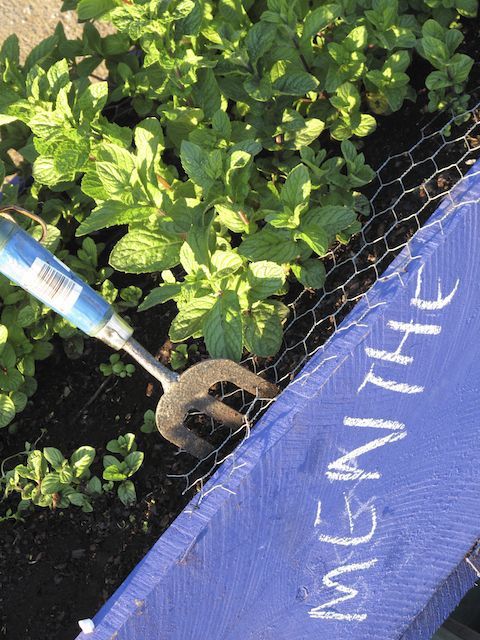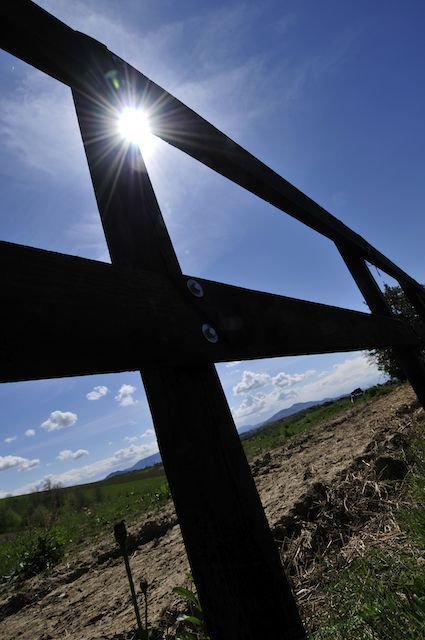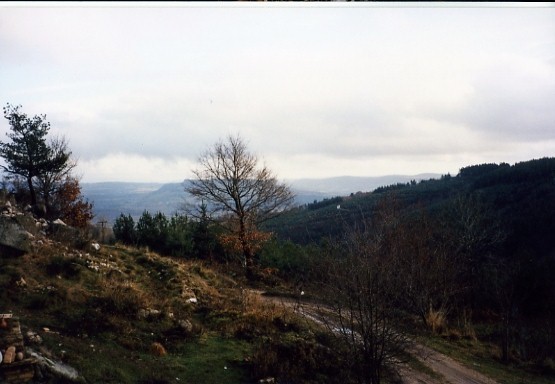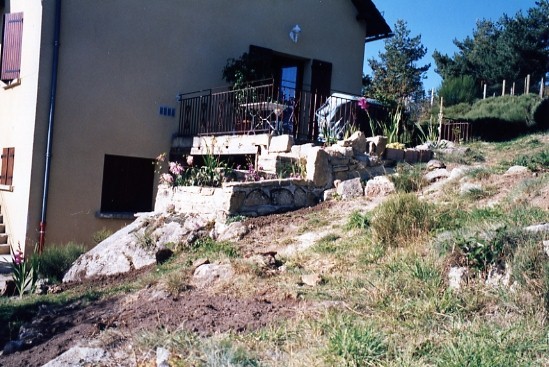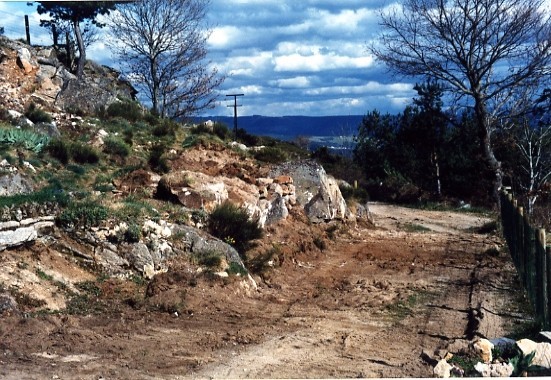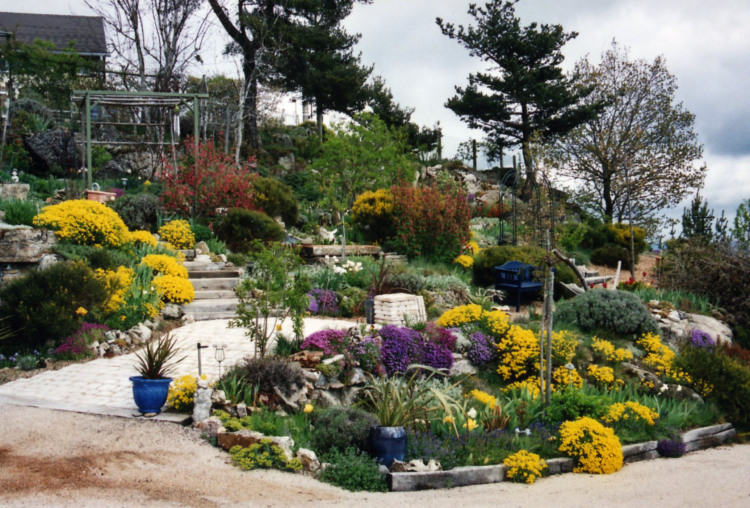One of the nicest aspects of owning a French home is being able to enjoy the outside space. Not only do many regions in France benefit from a great climate but properties often come with generous plots of land. For keen gardeners this can be a huge plus point, allowing them to grow a variety of plants, trees, shrubs and vegetables. Even if you don’t consider yourself especially green fingered, arranging the outside space in a practical useable manner, will enable you to enjoy your garden to the maximum.
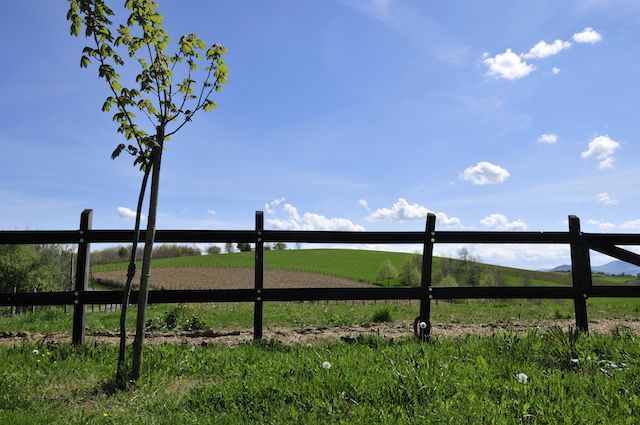
You may be lucky enough to inherit a ready made garden in which case you can tweak the layout to suit your needs. However the gardens of most renovation and new build projects are likely to be a blank canvas and this is an ideal moment to create the garden you have always longed for.
As ever, careful planning is key and the best place to start is by making a wish list of all the elements that would feature in your ‘ideal’ garden. At this stage, do think ‘money no object’. You may not be able to afford everything on the list now, but if you plan the garden carefully, you will be able to add more expensive features later on. For example, you may love the idea of a pool but it might not be feasible at the moment. However, if you decide you are going to install a pool at some point, work out where it is going to go now so that you don’t use the area for something else which could be costly to remove.
Spend time observing the garden at different times of day and in different weather. This will give you a good feel for where to create seating areas. Creating multiple focal areas is something that does not have to be expensive and can hugely increase the enjoyment of the garden. Try too, to think of the garden as an extension of the house and create outside ‘rooms’ - you could have a ‘kitchen’ area with a BBQ and a place to prepare food, a ‘dining’ room with space for a table and chairs as well as multiple ‘sitting’ rooms, dotted around to catch the sun at particular times of day.
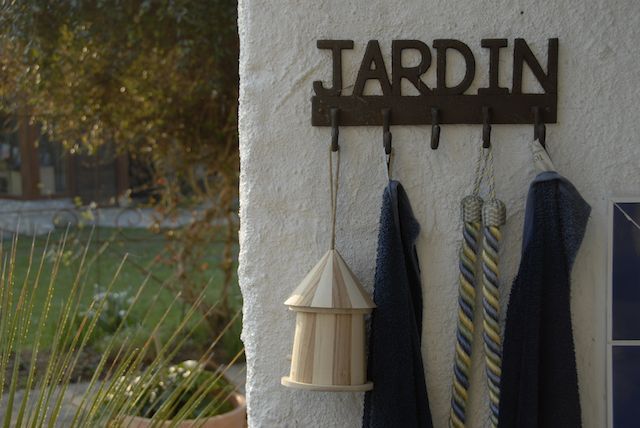
Using different materials underfoot will help define these areas. You can also build raised beds and use them to separate parts of the garden. Raised beds can be built cheaply in block and then rendered or faced in stone. They are very practical and make weeding far easier! They also enable the soil to be tailored to the needs of specific plants and provide a fantastic growing space. Again, once you have drawn up a plan of how you would eventually like the garden to look, individual areas can be tackled one at a time as the budget allows. Drawing a plan to see how it will work is a great idea and will allow you to ensure that the garden works on a practical basis too.
If you are planning to keep chickens or grow vegetables, remember to leave space for a chicken run and potager. Even if you would like your chickens to be free range, you will probably want to prevent them from accessing places such as terraces and seating areas, so incorporate suitable barriers into the plan. You should also consider having a ‘utility’ area where you can install compost bins, store tools, grow seedlings and so forth. You can easily screen this from the rest of the garden using panels. These are now widely available in France; ask for les panneau en bois.
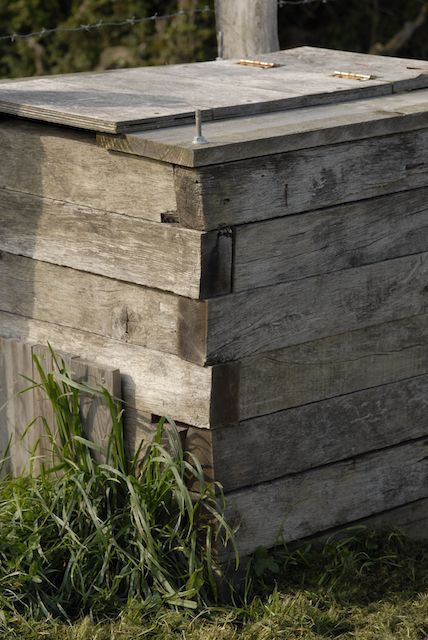
Installing structural elements like this is better done sooner rather than later and one aspect which it is definitely sensible to tackle at the outset is fencing. Even if a property has some type of fencing, it is likely to need repairing or replacing and with a new property you will need to start from scratch. Until recently, fencing options in France were fairly limited. Railings were traditional for older townhouse type properties, rural properties were generally unfenced and concrete posts with wire panels seemed to be the fencing of choice for those who did wish to enclose their properties. Happily, things have changed and there is now a huge range of fencing on the market.
Before choosing fencing, you need to think about what you need to keep in as well as out! This is going to vary according to the location of the property and the composition of your household. For example, if your property is in the middle of nowhere, keeping dogs in, may not be an issue. However, if you live on a lotissement and your dogs jump out every time a cat goes past, you may start to become unpopular with the neighbours. Small children will also require fencing that they cannot climb over or get under. Any animals you plan to keep such as sheep or hens, will require secure stock fencing and in some areas, you may need to think about keeping other animals (such as deer) out!
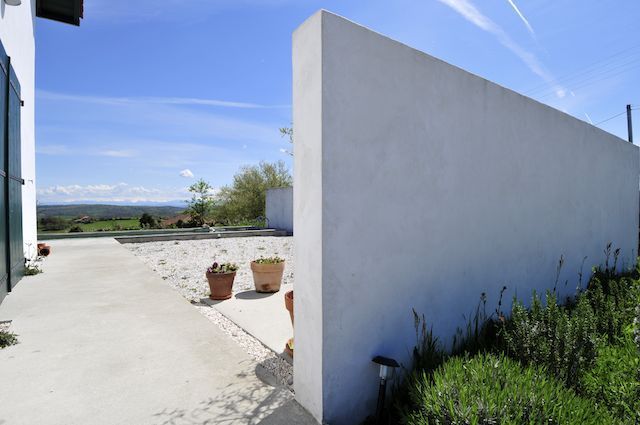
If you require privacy, then fence panels may be the ideal solution. The usual height is 1m80 which provides a good level of screening, they are easy to install, flexible, can be stained to match a decorative theme and are reasonably priced. Budget models start at around 20€ each with contemporary styled panels costing nearer to 150€. Some stores also offer a range of modular elements which can be combined to form a customised panel. This is a more expensive option - expect to pay around 200€ per panel - but can provide truly unique fencing. A cheaper solution would be to use budget panels for the bulk of the fencing run and add a few strategically placed customised panels, in high impact areas. Another more economical option would be to make your own timber panel fencing. This could be especially sensible if you spot some suitable timber on special offer. You can also make solid timber panels more interesting by adding features to them; why not attach some vintage enamel signs or exterior lighting?
Wooden fencing in sections is now increasingly available. This is generally between 80 and 100 cm high, so perhaps not ideal for restraining children or dogs. However the traditional picket type designs do work well for rural properties and matching gates are usually available. Expect to pay between 16 and 50€ per section. Again, making up the sections yourself, may well be a more economical option.
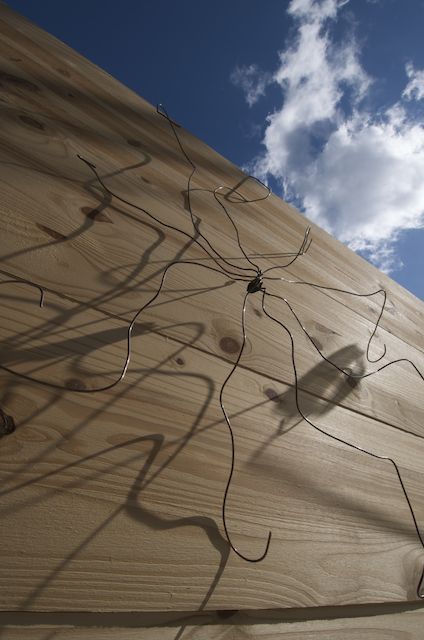
Another budget option is to install a picket and wire fence. Although not everyone’s choice, barbed wire is used throughout France and is useful in some situations. It is also a good choice for properties which need fencing,(perhaps there are cattle grazing on adjacent land), but where there is a stunning view, as it has minimal visual impact from a distance. Other types of wire are also common. Growing plants or shrubs alongside them will mean that eventually the wire will be hidden; in the meantime, the property is securely and economically fenced. Many French properties are fenced using le grillage. This is a hugely popular system and can be seen on almost every French lottissement. An upright known as le poteau is installed at various distances along the fencing run and a roll of grillage a simple tension or wire is stretched between the posts and then attached. Those requiring a stronger fence opt for grillage soude which gives a more rigid result. Prices range from between 1 - 7€ per linear meter with posts extra. Le grillage is also available in panel form although this is a more expensive option with entry level prices being around 14€ per linear meter.
Traditional post and rail timber fencing is always a popular choice. It is one type of fencing that is guaranteed to add value to your property as it has a timeless appeal. It is often considered an expensive choice and indeed, can be. However if the timber is sourced for a reasonable price and it can be installed by the owner, then post and rail is a reasonable option. The timber used to create the fence shown in the photo originated from old pallets and was obtained for free. Solid walls are another lovely way to fence a property. The initial outlay may be higher than some types of fencing but they will give you years of pleasure, add to the value of the property and may even provide a sunny corner for a trained fruit tree or two!
BOX OUT ONE
Essential fencing vocab:
Le Panneau - (fencing) panel
La Cloture - fencing
Le Portillon - (single) gate
Le Portail - gateway
Le Grillage - wire fencing
Panneaux soude - welded mesh panels
En rouleau - on a roll
Le Kit de fixation - fixing lit
BOX OUT TWO
Where to buy
All the big DIY stores carry a good range. Try:
www.leroymerlin.fr
www.castorama.fr
www.mr-bricolage.fr
Smaller builders merchants may carry a more limited range but often have products on special offer. You should also be able to negotiate a discount if buying a reasonable quantity.
Local wood yards will carry a good range of timber if you want to construct something more individual.
Top Tip - Use different fencing materials in different parts of the property. This can save money and add to the visual appeal!
Words © - Catharine Higginson
Pictures © - James Higginson
